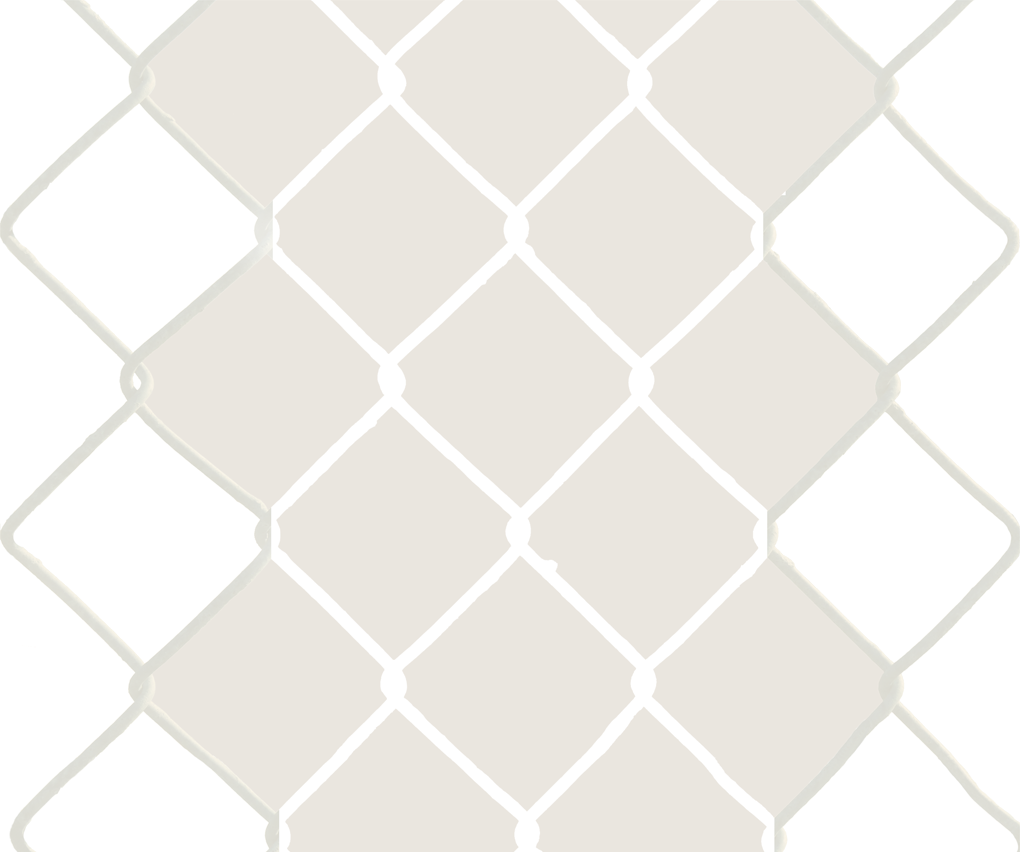

This text is by Osman Khan in his capacity and does not, necessarily, reflect the views of different infinite mile contributors, infinite mile co-founders, the author's employer and/or other author affiliations.



Set Strait* |
Osman Khan |
The recent mayoral elections, though mostly clear of previous politics around racial lines, were a reminder that the Detroit narrative is still framed very much in the politics of Black (Benny Napolean) and White (Mike Duggan, our mayor-elect). Indeed, much of the city’s history and current discourse articulate this depiction. Detroit is a composition made of tensions between Black and White, whose social, economic (and indeed political) historical wrangling’s now paint the very form of the Detroit Metro landscape, a black center framed in white (a certain Malevich comes to mind). As such, the current Black and White narrative, patinaed in a century’s worth of lived history and supported through very real demographics, emerges as the defacto representational narrative of Detroit. Its very identity, its culture, its economics, its politics, its people all are defined and function (or maybe dysfunction) within this particular framing. Indeed, one can argue much of the US’s near history shares a similar B&W narrative. So? So, my problem you see is that I am Brown, a fairly dull version at that, but within the dominant black and white narrative I stick out, or, rather, I don’t stick in. Not so much othered but an outsider. My Pakistani hyphenated American presence has no traction, no commonality. That’s not to say I am ostracized or beat down. Quite the opposite, Detroit has been very kind to me. Rather, I am not sure how to engage it. I say Raga, you say Rock; I got Sufi, and you got Soul; your motor city, my motherland… see what I mean. I’m a twit in a cacophony of tweets. And what of the long histories of minorities in Detroit? While in town painting Detroit Industry, Rivera endorsed the repatriation of the Mexican population back to Mexico (was it really that bad Diego), and it took a whole other country to search for Sugarman! And that certain Arab-American population… let’s just say in a post 9/11 America, their narrative has been painted over in the colors of the homeland security advisory system. In a predominately B&W narrative (and please forgive my liberties at simplifying what truly is a rich, complex multi-textured if not hued space) it’s hard to find a space to view other colors. But these alternate portraits do exist and need to be seen and heard, need to be represented, and need appropriate representations and representatives to do so. Let me turn my gaze onto the microcosm that is the Detroit (visual) Art scene. As a quick glance at Table A (fig. 1) ( ;) Haacke) will quickly make apparent; we are talking monochrome (1951 Rauschenberg to be exact). Now, don’t get me wrong, I am not a believer in conspiracies. This outcome, inevitably, is due to larger social, economic and educational systems than anything else. There is no white-people-keeping-me-down syndrome here. I truly believe everyone is working for the larger community’s best interest. The danger, of course, with such a dominant and hegemonic grouping is that the very production of art will not only be framed but also brokered through this one dominant group. Having the aesthetics, artifacts and culture developed, decided and disseminated through the biases and beliefs of a singular lens are for a city and society myopic. Already this group’s representational monochrome stands in stark contrast to that of Detroit’s Duotone (let alone my dreams of a multicolored gradient), which, even with its best of intentions, is problematic.
Even usage of terms like Post-Industrial contextualizes future narratives within the markings of a historically-burdened past. Perhaps a term like pre-Global, or pre-cosmopolitan, is more appropriate. It’s more aspirational, we are not moving past a failure but moving towards something ambitious, an already-layered painting still waiting for completion, a rich story looking for an end. Of course, so much of the current representation of Detroit is accurately explained by its history, demographics, socio-economic conditions and the identity politics that arises around these factors. Here’s the chicken and egg part, do we tell the stories that are lived or live the stories that you are told…. I am more of a, we are the stories that we make. Therefore, the true beauty of having these representations and representatives is that, well, they can be changed. We can reimagine and redraw them into not only what we want but into what we need (we are artists are we not!) I am expectedly biased in seeing Detroit‘s future linked to diversity and immigration. You need some more color Detroit; I can stare at Black and White for only so long. You want all those empty voids filled? There is a waiting line from Dourados to Dakha, Drakar to Dandong of people that will happily splash down some colorful fill. Salt and Pepper is great, but give me some spice. The colors I speak of are not really about race but about making room for new narratives into this city. The current predominating narratives once saturated with life, now feel de-saturated by the pathos of history. Let’s invigorate and vivify! If lessons are to be learned from history, then let it be that it is through diversity that the new emerges. New ideas, new paradigms, new economics, new cultures, new aesthetics and new narratives. |
